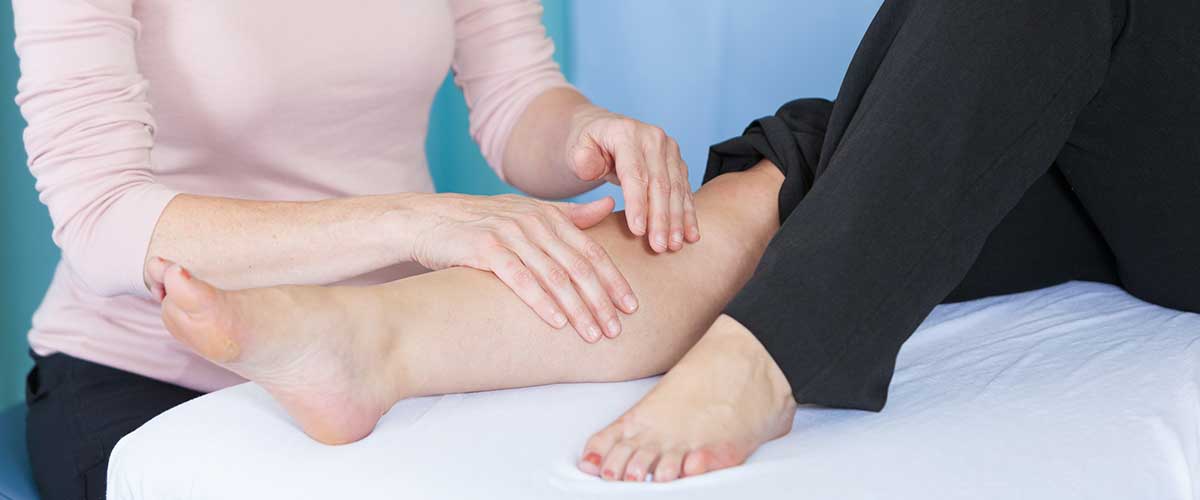What is Lymphedema
Lymphedema is a swelling of a body part, most often the legs or arms. It may occur in the face, trunk, or genital area. It is the result of an accumulation of protein and water in the superficial skin tissue. Lymphedema, if left untreated, can become disabling, making it very difficult for the patient to perform the simplest of tasks. Walking or putting on clothes can become almost impossible. Lymphedema is a chronic condition that progresses. It must be managed appropriately for a lifetime.
How do I know if I have Lymphedema
Lymphedema is characterized by swelling that is unresolved with elevation. The swelling will begin by being soft and pitting, but will with time turn to be hard and fibrotic. It is common for fungal and cellulitis infections to be found, especially in the legs.
Who gets Lymphedema
In the United States, it is most often seen in people who have had cancer following the removal of lymph nodes or damage to other parts of the lymphatic system following radiation treatments.
It is also frequently seen in people who have chronic venous insufficiency. The continual swelling may damage lymph vessels.
Some people are born with lymphatic systems that do not function correctly. This may be present at birth or later in life.
What is Complete Decongestive Therapy
Complete Decongestive Therapy uses four aspects of care to reduce the swelling and to maintain the reduction.
Manual Lymph Drainage – uses hands-on techniques to move the lymph fluid up and out of the swollen area
Compression Therapy – short stretch bandages followed by compression garments are made to maintain the removal of edema accomplished in the manual lymph drainage
Exercises – simple exercises assist in moving lymph out of the swollen area
Skin Care – it is important to keep the skin clean and hydrated with a low-pH lotion to prevent infection.
How does it begin
After damage to your lymphatic system, following surgery or radiation, for example, lymphedema does not automatically set in. It may take only a small injury or change to your effected limb for the swelling to begin.
Please take extra caution with the following:
- Paper cuts
- Hangnails
- Sunburn
- Bug bites
- Tight clothes or jewelry (rings, bras, elastic cuffs)
- Flying in airplanes
- Massages
- Hot Pack to the area


